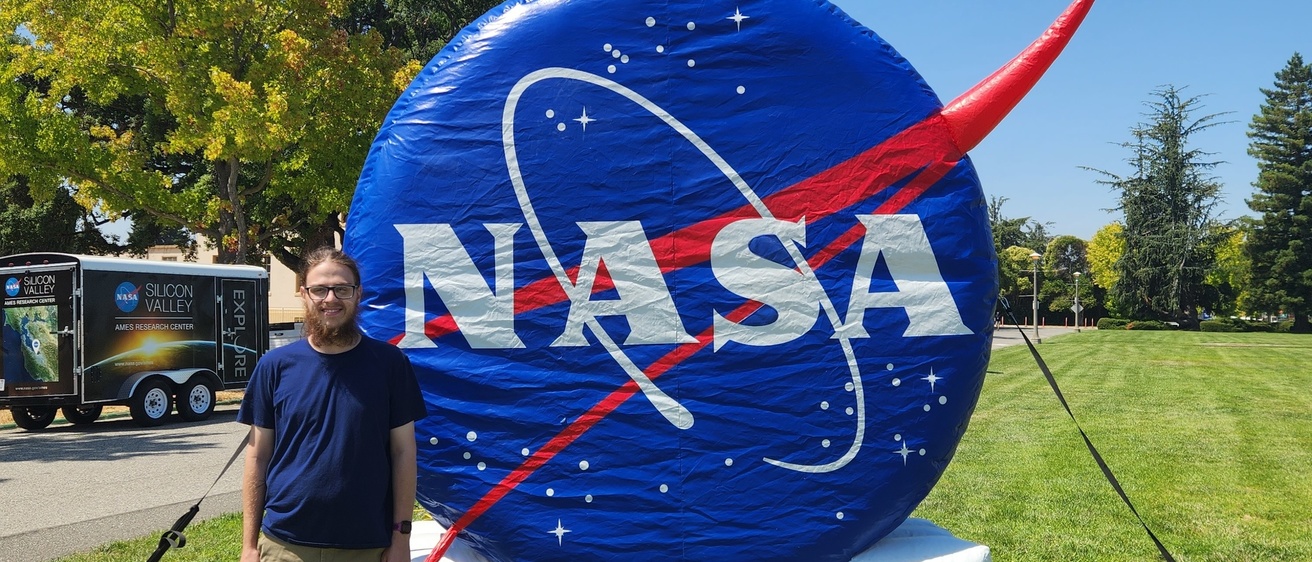For many University of Iowa College of Engineering students, the summer of 2023 has been a chance to apply the skills they’ve learned in the classroom in a professional setting.
This summer, engineering graduate and undergraduate students worked in at least 15 different states for 77 different organizations, gaining experience in quality control, program management, design, structures, transportation, and many more fields.
| Top States Where COE Students Worked | Top Organizations Where COE Students Worked |
|---|---|
| Iowa - 63 | Collins Aerospace - 6 |
| Illinois - 14 | Kimley-Horn - 4 |
| Texas - 6 | Shive-Hattery - 4 |
| California - 4 | MidAmerican Energy - 3 |
| Wisconsin - 3 | CIVCO Medical Solutions - 3 |
Chemical and biochemical engineering students, such as Steve Tammes and William Julstrom, spent summer break conducting scientific research in national laboratories.
Tammes interned at the Bay Area Environmental Research Institute (BAERI) of NASA's Ames facility in Moffett Federal Airfield, California. He wrote code to keep a maritime robot straight as it encounters rocking waves, and he developed software to gather, process, record and report all the data the instrument acquires.
“I am absolutely loving this work,” said Tammes, who is entering his third year of graduate studies. “It's a combination of everything I find interesting – atmospheric research, robotics, computer science, even astrophysics is involved. Pretty much every skill I've learned here at the University has come into play.”
Julstrom, who is entering his second year as a graduate student, interned at the Climate and Radiation Lab at the NASA Goddard Space Flight Center in Greenbelt, Maryland. There he worked on modifying the "Dark Target" algorithm for aerosol retrievals. The algorithm uses satellite imagery over relatively dark surfaces to determine the amount of aerosols in the air over a given region and their properties.
“Our research group at the University of Iowa has pretty extensive contact with my NASA mentor, Rob Levy, so I think that had a pretty big impact on my getting the internship,” Julstrom said.
Jun Wang, James E. Ashton Chair of Engineering and interim chair of the Department of Chemical and Biochemical Engineering, spoke of the rare opportunities students get to work with world-class scientists and engineers in the frontier of their own fields.
“Research internships in national labs are very competitive,” Wang said. “We want our students and community to know that here in CBE, we do what we can help our students succeed, and our program equips our students with the foundational knowledge and skills as well as networking experience to develop and advance their careers at the national and international levels.”
